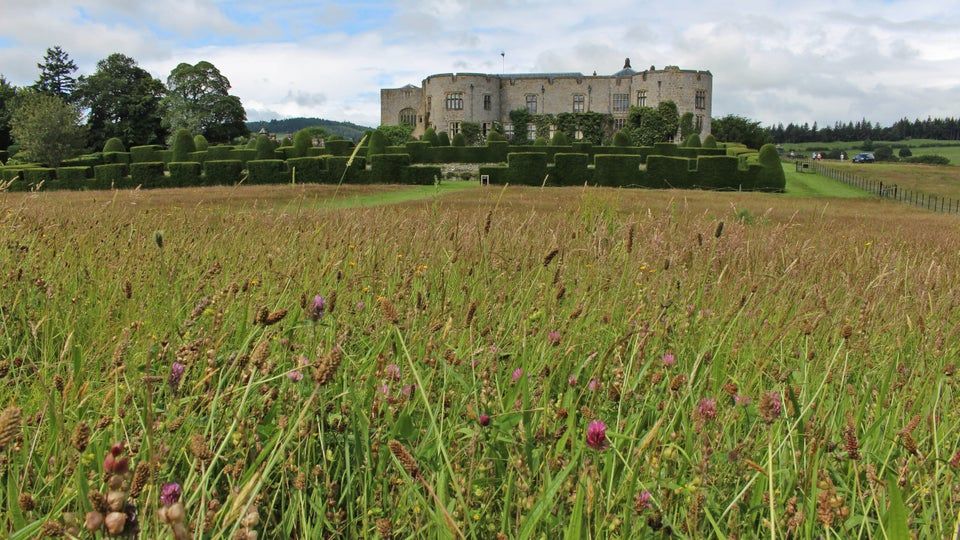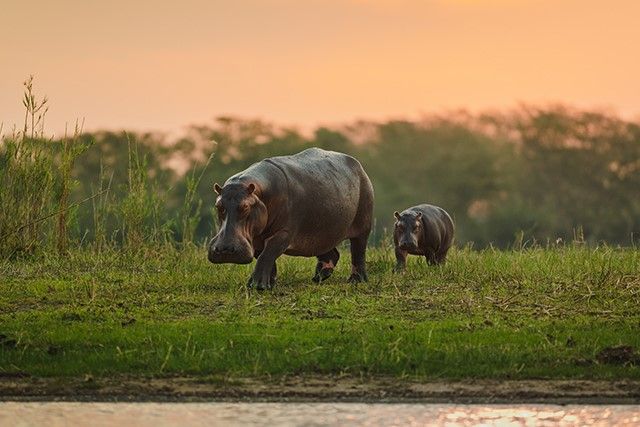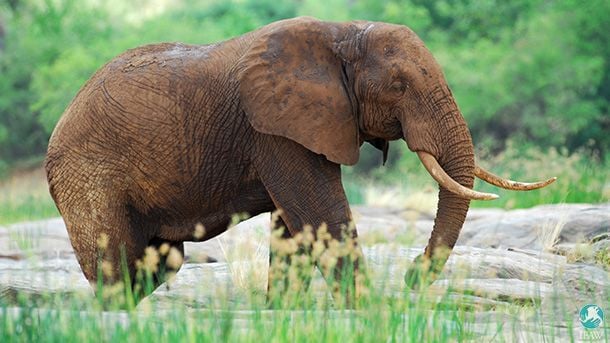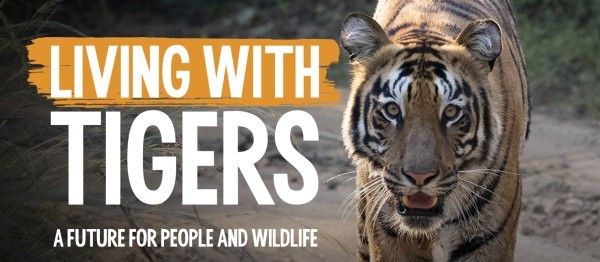Rare Wildlife and Plants are Blooming in Welsh Meadows
Posted on
|
Thanks to a conservation scheme, rare wildlife and plants are coming back to meadows in Wales! Since the 1930s, meadows have been vanishing from the landscape there. In fact, 97% of wildflower meadows were lost due to heavy fertiliser use and early hay crops – which also meant that 63% of butterflies disappeared as well. However, the National Trust Wales have been working hard to reverse this disappearance. Last year, the charity created 40 acres of new meadows across the country. They care for 582.2 acres of meadow. And good news! Amongst them was Chirk Castle, where 6 hectares of herb rich meadows were re-established. Wildlife flowers such as the yellow rattle – not seen since World War Two – have been sighted in Chirk, in North Wales. There’s been a 50% increase in yellow rattle and eyebright plants! The idea is to form a basic habitat. The Trust have already noticed an increase in the numbers of insects and small mammals in the grass on the ground; and kestrels in the skies above them, hunting them. Green-winged orchids are also blossoming at Bodnant Garden near Colwyn Bay. Farmers are also benefitting. Allowing their hay crops to grow wild for longer before they cut them means that they get more minerals and fibre. A win-win, all round then!
|



